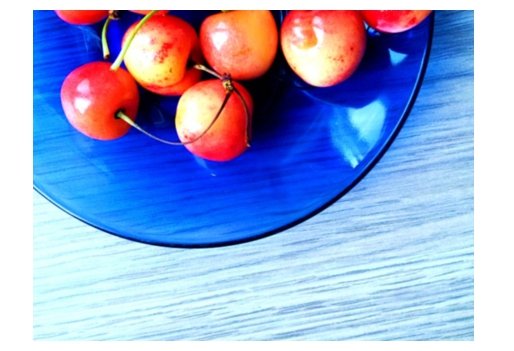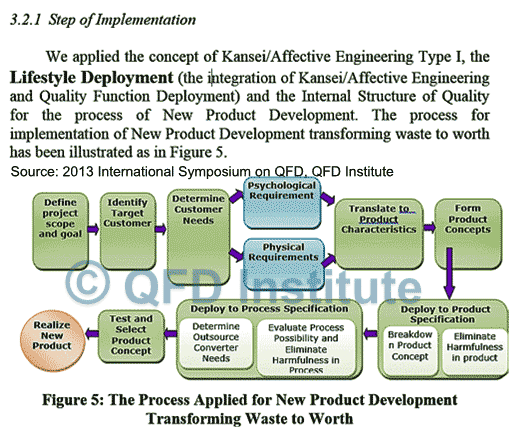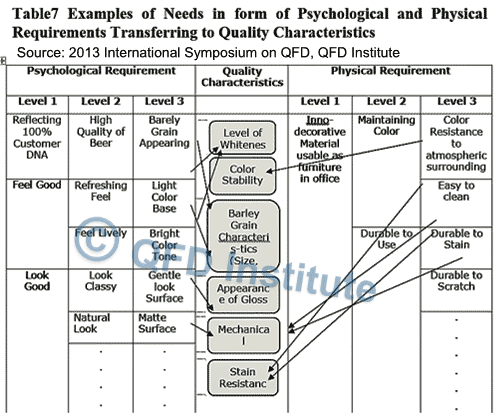Since the 1980s, product developers have been augmenting functional quality with emotional quality. While QFD is the method of choice for customer requirements management and function, kansei engineering has been an equally powerful way to address sensory perceptions that make a product desirable.
Human Senses
The senses include the five physical ones of sight, sound, taste, touch, and smell plus the sixth sense of mental perception. Research suggests physical senses actually work together to create the mental one - which was the subject of a November 2, 2015 article by Nicola Twilley in The New Yorker magazine, titled "Accounting for taste."
One of the first experiments was conducted by Charles Spence, a professor of experimental psychology at Crossmodal Research Lab, Oxford University. He used Pringle potato chips (known for all identical chip sizes and shapes) to test the perception of crunchiness by having the testers wear headphones that piped in different sounds as they ate the potato chips. His test showed that sound of the crunch created a stronger perception than the actual mouth-feel of the bite. This was called multi sensory integration. Spense's paper "The Role of Auditory Clues in Modulating the Perceived Crispiness and Staleness of Potato Chips" published in 2004 in the Journal of Sensory Studies, earned the 2008 Ig Noble Prize for Nutrition.
Experiments
Additional experiments in the food industry have shown that strawberry sweetness is enhanced 10% when served in a white dish rather than a black one, coffee tastes twice as intense and two-thirds less sweet when served in a white mug rather than a clear glass. Thus, the role of packaging of food products can make a big difference in perception. Marketing potential is not the only area to benefit. Experiments with pediatric cancer patients and the elderly have indicated that color and sound can improve the taste perception resulting in better nutrition and greater enjoyment. For example, blue plates increase the perception of saltiness in patients with dulled senses of taste and smell due to age or medications, leading to less salt usage and better sodium health. Automakers have also used ongoing research in this area to design the best position for alarm enunciators in commercial vehicles so that drivers keep their eyes on the road.
Boundless Potentials
Boundless potentials are waiting, as the magazine article attests, for the companies that master how to incorporate such sensory and emotionally invoked customer behaviors in their product and service development, marketing, customer service and even in workforce development and corporate excellence. This integration of functional and emotional design quality is at the heart of Lifestyle Deployment, which combines QFD's in-depth Customer Value Chain and segmentation analysis with kansei engineering tools.
QFD Lifestyle Deployment has been successfully used in many industries including automotive, aerospace, consumer products, food, chemical, etc. For example, at the 2013 International Symposium on QFD, a major chemical company from Thailand presented their application of Lifestyle Deployment to develop a new eco-friendly construction material that addressed both the customer's functional requirements as well as the psychological brand image.
This advanced technique is taught in a special QFD Black Belt® course. Included are:
marketing psychology
industrial design
statistical methods
supporting case studies
Examples are shown in the diagrams above.
For questions, please contact us.




